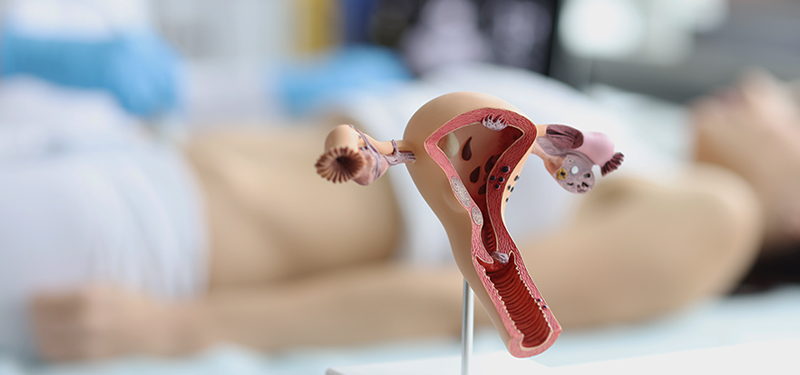
Hysteroscopy is a commonly performed diagnostic procedure in which your doctor inserts a hysteroscope through the vagina and cervix and inspects the uterine cavity. So, unlike other abdominal laparoscopy procedures, it does not need any cut on your abdominal skin. A doctor can perform hysteroscopy for both diagnosis and surgery as per your medical condition
A hysteroscope is an endoscope with a light and a camera at the end. It also contains electrical and operational channels. These channels permit the electrodes, scissors, graspers, and biopsy instruments, to perform minor surgical treatments (insufflation of drugs, removing tissues, fibroid removal, and removal of tissues for biopsy)
A doctor can suggest hysteroscopy in the following conditions
Certain conditions may interfere with the hysteroscopy:
Hysteroscopy is generally an outpatient procedure, and you do not need an overnight stay in the hospital. Sometimes, local anesthesia may be used in hysteroscopy if you are sensitive or apprehensive about the procedure.
Your surgeon may suggest general anesthesia if you have a treatment during the hysteroscopy.
After dilating the cervix, the doctor inserts a hysteroscope through your vagina and cervix. Carbon dioxide gas or a liquid solution releases from the hysteroscope into the uterus to further expand it and clear away any mucus or blood. A camera and light attached to the hysteroscope allow your doctor to see the uterine cavity. And, if surgery is needed, small surgical instruments are inserted into the uterus through the hysteroscope.
Hysteroscopy is a comparatively safe procedure. You can return home on the same day and can continue your work. But, in the case of general or regional anesthesia, you may have to stay in the hospital for several hours or overnight.
If your doctor suggests hysteroscopy, don’t hesitate as it’s a relatively safe procedure. If you are still worried, speak to your doctor before the hysteroscopy.
After the process, some women suffer from shoulder pain.